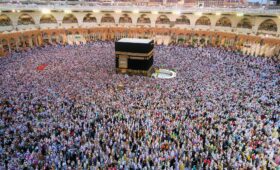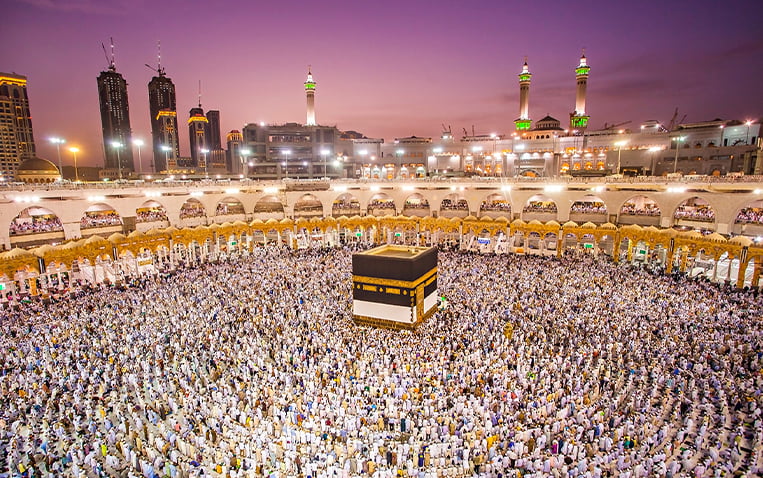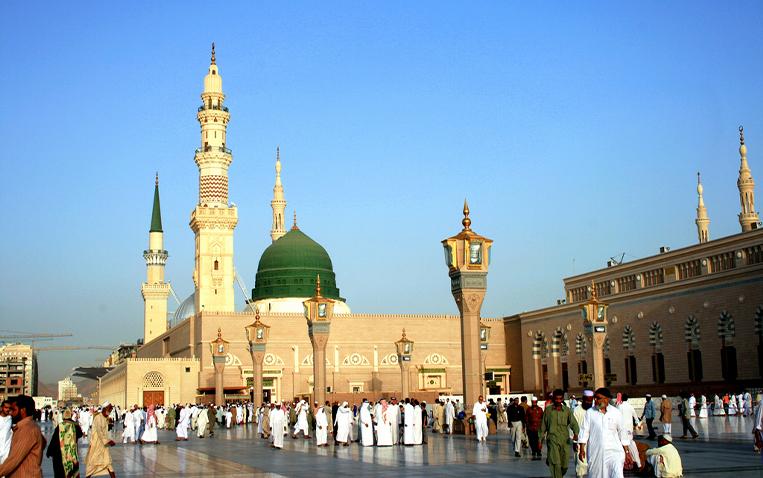Hajj is one of the five pillars of Islam, or pilgrimage to Makkah, is deeply significant to Muslims all over the world. This spiritual pilgrimage represents faith, self-reflection and devotion to Allah; it unites them through this shared experience. While its basic elements remain universal for all pilgrims, three different types of Hajj can differ in rituals and requirements.
Pilgrimage is an obligation for Muslims with both the physical and financial means to undertake it, and should take place every five or six days in a lifetime. Pilgrimage is one of the five cornerstones of Islamic practice for every Muslim (others include faith-profession, five daily prayers, charity and fasting during Ramadan), according to the holy Quran:
[“وَلِلَّهِ عَلَى النَّاسِ حِجُّ الْبَيْتِ مَنِ اسْتَطَاعَ إِلَيْهِ سَبِيلًا” [آل عمران:97
“And [due] to Allah from the people is a pilgrimage to the House – for whoever is able to find a way.” Surah Ali ‘Imran [3:97]
Every year during Dhu al-Hijjah the final month of Islamic lunar calendar Hijri – millions of muslims around the world save up their savings for a “sacred journey” towards Makkah to perform Hajj. There is no other journey or spiritual experience quite comparable to Hajj; its physical traveling entails both outward journeying as well as inward prayerful contemplation for Muslims around the globe.
As any journey of such magnitude entails sacrifice and strength; yet it also offers incredible rewards, the Hadith states:
“Whoever performs Hajj and does not commit any obscenity or commit any evil will go back (free of) sin as on the day his mother bore him” [Bukhari, Muslim]
In part of another Hadith, the Blessed Messenger of Allah (PBUH) said:
“…an accepted Hajj brings no reward but Paradise.” [Bukhari, Muslim]
Types of Hajj
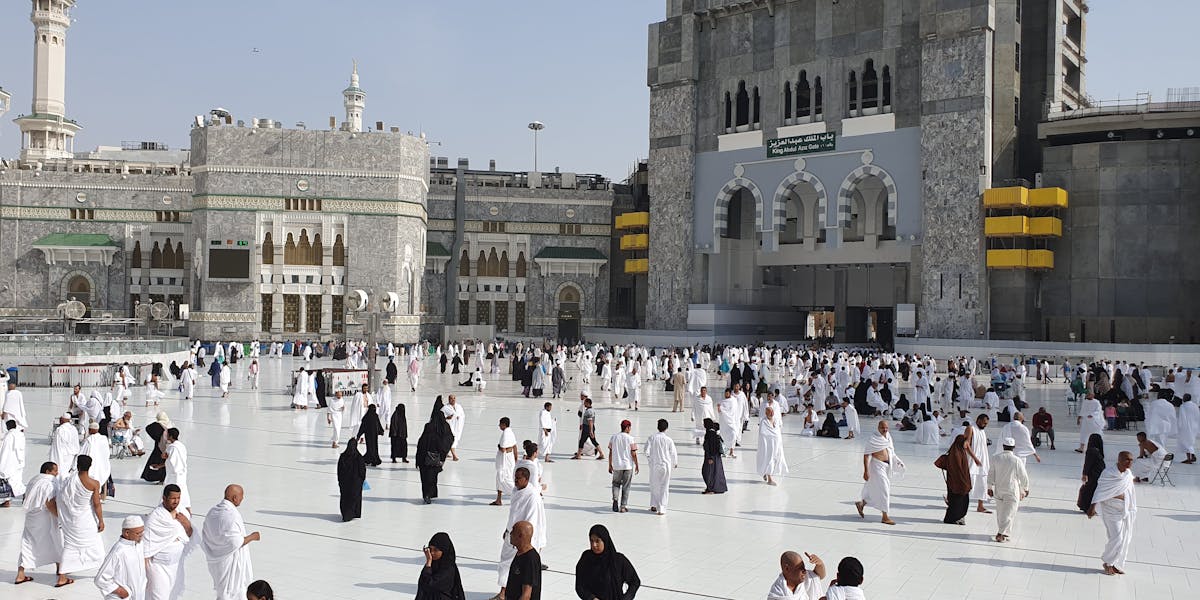
Hajj pilgrims believe the three hajj procedures available to them best suit them in terms of following in the footsteps of Prophet Muhammad (PBUH), Ibrahim and Ismail respectively. Pilgrims can choose their most convenient approach.
- Hajj al-Tamattu
- Hajj al-Ifrad
- Hajj al-Tamattu
Hajj al-Tamattu
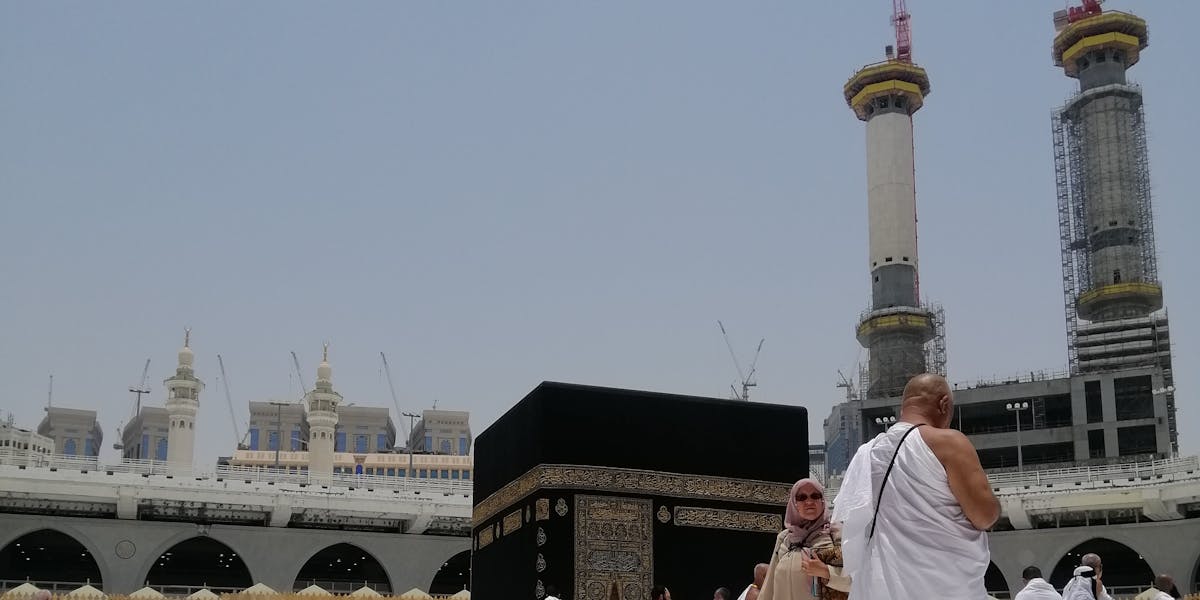
With Umrah performed first and Hajj performed later during the same pilgrimage season, Hajj al-Tamattu’, which means “separate,” is the most popular type of Hajj performed by pilgrims. It is also the most convenient and simple for many pilgrims.
Here, it’s essential to realize that Umrah must be done during the Hajj season. Any Umrah performed during the Hajj days or before the start of Shawwal is considered invalid. Furthermore, no one who participates in Hajj-al-Tamattu and performs Umrah may depart without performing Hajj.
They have to complete Hajj in any case before returning to their destinations. Therefore, do not leave Mecca if you are not sure that you will be able to return and enter the state of Ihram in time, even if you are a Saudi Arabian citizen.
The most typical kind of pilgrimage to Hajj. It comprises completing the Hajj preparations between the eighth and thirteenth day of Dhu al-Hijjah, as well as performing Umrah rituals during the Hajj season. Those who plan to perform Hajj al-Tamattu have to combine Umrah and Hajj rituals. This kind of Hajj requires the sacrifice of an animal to be completed. A pilgrim known as a Mutamatti performs this kind of Hajj.
Rituals
Ihram: Before traveling to Makkah, pilgrims enter a state of Ihram at the designated boundary known as Miqat. They wear two white smooth clothes symbolizing ease and fairness before Allah.
Tawaf and Sa’i: After arriving in Mecca, pilgrims perform Tawaf, circumambulating the Kaaba seven times, and Sa’i, walking seven times between the hills of Safa and Marwah.
- Halq or Taqsir: Men either trim their heads (Halq) or cut their hair (Taqsir), representing the sanctity of the self.
- Rest Period: After arriving in Mecca, pilgrims wait until the eighth day of Dhul-Hijjah before starting the rituals of Hajj.
- Wuquf at Arafat: On the ninth day of Dhul-Hijjah, pilgrims accumulate at Mount Arafat, engage in prayer, and ask Allah for forgiveness.
- Stoning the Devil: To perform the ritual of “stoning the devil,” pilgrims travel to Muzdalifah after sunset and gather pebbles.
- Sacrifice: After that, pilgrims travel to Mina to carry out the traditional ritual of offering an animal, typically a sheep or goat as a reminder of Prophet Ibrahim’s ability to offer his son Isma’il as a sacrifice.
- Tawaf al-Ifadah and Sa’i: In honor of the conclusion of the Hajj rituals, pilgrims journey back to Mecca to perform Tawaf al-Ifadah and Sa’i.
- Farewell Tawaf: Before departing Makkah, pilgrims say goodbye to the holy city by completing a farewell Tawaf around the Kaaba.
Hajj al-Ifrad

Hajj al-Ifrad, which translates to “single,” is completing the Hajj alone—the Umrah is not performed. Those who live inside the Miqat’s borders or those who have already completed Umrah during the same travel season frequently choose for this kind of Hajj.
To carry out the Hajj procedures by yourself without making a Qurbani or animal sacrifice (Hadee). A pilgrim known as a Mufrid performs this kind of Hajj. You are not allowed to leave the ihram as a Mufrid until you have finished sending stones at Jamarat. On the day of Eid, the custom of stoning Jamrah Al Aqabah is carried out. While offering animal sacrifice during Hajj-al-Ifrad is not mandatory, you are free to do so if you so choose.
Rituals
- Ihram: Travelers enter Ihram with the sole goal of completing the Hajj.
- Wuquf at Arafat: Travelers congregate at Arafat on the ninth day of Dhul-Hijjah to participate in contemplation and prayer.
- Stoning the Devil, Sacrifice, and Tawaf al-Ifadah: The remaining Hajj rituals follow the same order as Hajj al-Tamattu’, including the stoning of the Devil, sacrifice, and Tawaf al-Ifadah.
- Farewell Tawaf: Before departing Mecca, pilgrims wrap up their journey with a farewell Tawaf around the Kaaba.
Hajj al-Qiran
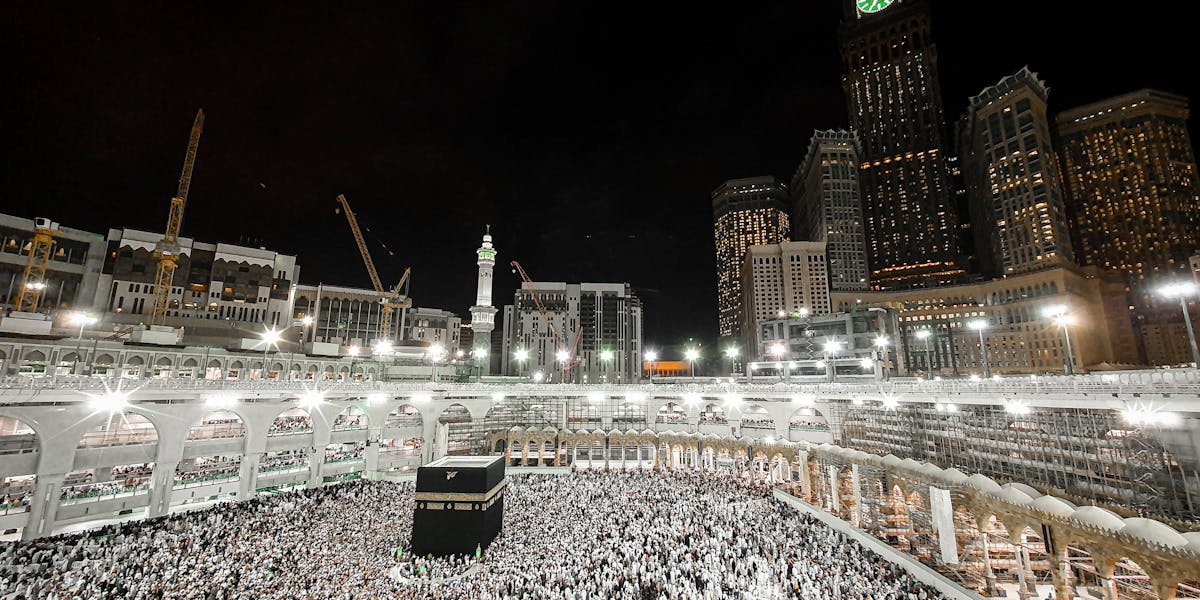
Hajj al-Qiran, which translates to “combined,” is the practice of doing both the Umrah and the Hajj at the same time without changing out of Ihram in between the two rituals. Due to its continuous state of dedication, this kind of Hajj is thought to be more difficult than Hajj al-Tamattu’.
Pilgrims should wear Ihram while performing the Hajj and Umrah. To fulfill the rites of this form, an animal must be sacrificed. A Qaarin is a pilgrim who performs this kind of Hajj. The pilgrim starts the two essential Umrah rituals, Tawaf and Saee, as soon as they reach Masjid al-Haram in Mecca. You can cut your hair after the Umrah, but you shouldn’t shave until after the Hajj and the offering of an animal sacrifice. Remember that, in contrast to Hajj-al-Ifrad, animal sacrifice is a required ritual during Hajj-al-Qiran.
Rituals
- Ihram: Travelers enter Ihram to concurrently complete the Hajj and Umrah.
- Tawaf and Sa’i: As part of the Umrah ceremonies, pilgrims perform Tawaf and Sa’i.
- Stay in Makkah: Continuing their Ihram, pilgrims stay in Makkah until the eighth day of Dhul-Hijjah.
- Wuquf at Arafat: To perform the primary Hajj ritual, pilgrims travel to Arafat on the ninth day of Dhul-Hijjah.
- Stoning the Devil, Sacrifice, and Tawaf al-Ifadah: The remaining Hajj rituals follow the same order as Hajj al-Tamattu’, including the stoning of the Devil, sacrifice, and Tawaf al-Ifadah.
- Farewell Tawaf: Before departing Makkah, pilgrims wrap up their journey with a farewell Tawaf around the Kaaba.
Conclusion
The Hajj, or the pilgrimage to Makkah, is very important to Muslims all over the world spiritually. There are three different forms of Hajj to suit varying circumstances and preferences, but the ultimate goal of all pilgrims is to seek Allah’s forgiveness and mercy. The pilgrimage to the holy sites of Islam, whether it be Hajj al-Tamattu’, Hajj al-Qiran, or Hajj al-Ifrad, is evidence of the devotion, unity, and submission of believers to their Creator. May Allah accept all pilgrims who perform the Hajj and shower upon them blessings and spiritual fulfillment.
The locations of pilgrims, whether or not an Umrah is required, the restrictions of the Ihram, and the necessity of an animal sacrifice are the main areas where pilgrims’ choices vary. You should be able to decide which kind of Hajj is best for you after reading this guide. Make sure you don’t make a mistake at this point because the intention of the Hajj is essential to its correct execution and acceptance.
FAQ’s
Which Hajj is better: Qiran or Tamattu?
Because it allows pilgrims to perform Umrah separately before Hajj and wear ihram twice, Hajj al-Tamattu’ is generally thought to be preferable for most people. This is because it is thought to improve the spiritual experience.
What is a small Hajj called?
While performing the Hajj is required of every Muslim, the Umrah is a Sunnah. In short, Hajj, also called the Fifth Pillar of Islam, is a more elaborate, longer journey that is only possible at specific times of the year. In contrast, Umrah is a shorter pilgrimage that can be completed at any time of the year.
What is the meaning of Hajj e Tamattu?
The relaxation of the ihram (“sacred state”) between the Umrah and Hajj, including its dress code and various prohibitions, is known as the “mut’ah of Hajj” (hajj al-tamattu, meaning “joy of Hajj”).
What are the three ways of Hajj?
There are three variations of the Hajj: Qiran, Ifraad, and Tamattu. We will perform the Hajj in the Tamattu form, as directed by the Prophet Muhammad (peace and blessings be upon him).


